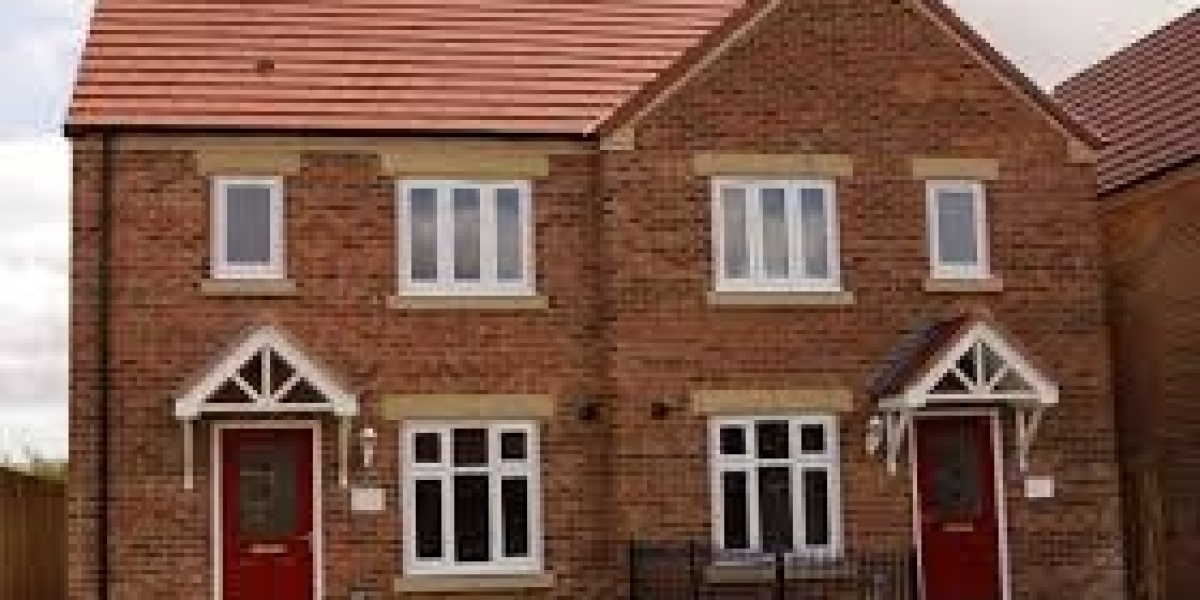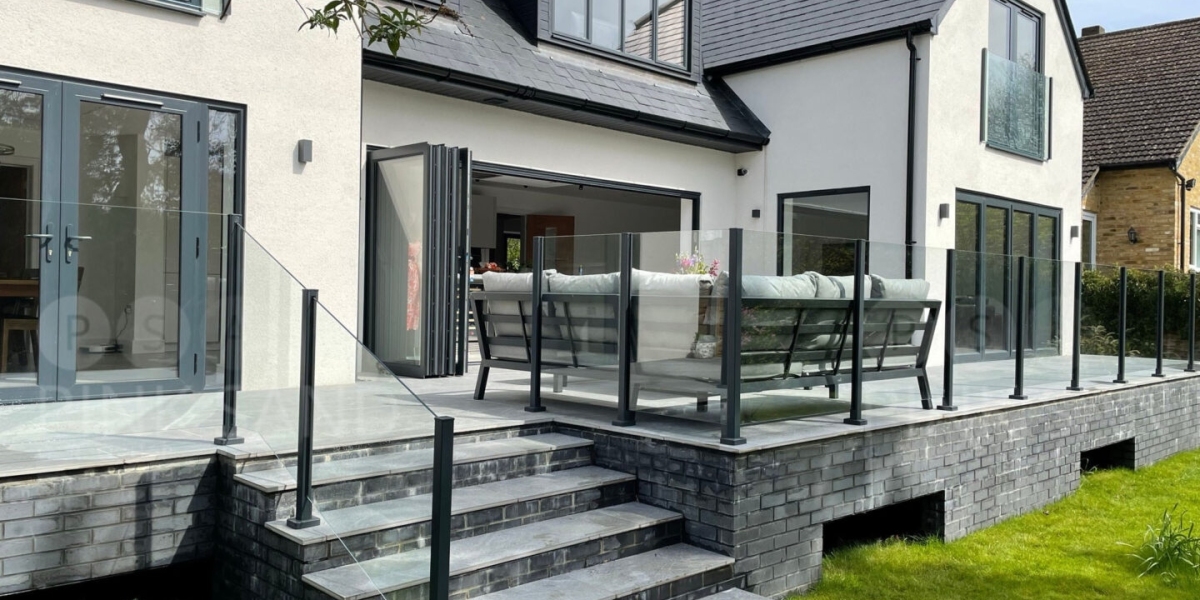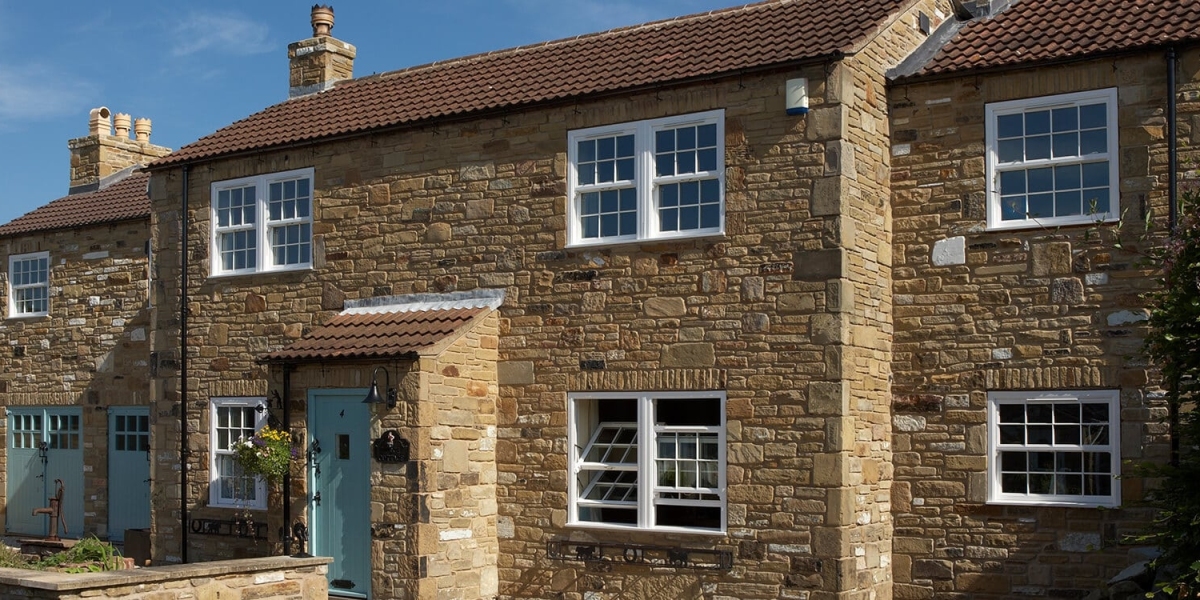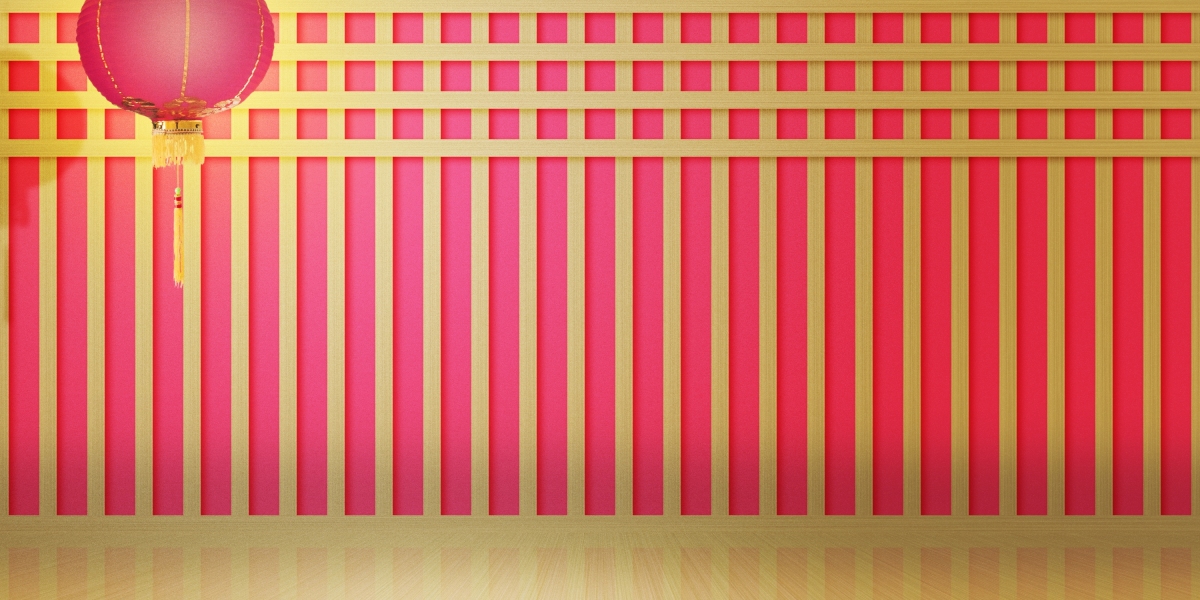
Aluminium windows have emerged as a popular choice in contemporary architecture, offering a harmonious blend of aesthetics, durability, and energy efficiency. As the building industry evolves, the demand for materials that not only meet functional requirements but also enhance the visual appeal of structures has increased. This article explores the evolution of aluminium windows, their advantages, and their impact on modern architecture.
The Historical Context of Aluminium Windows
The use of aluminium in construction dates back to the early 20th century, but it was not until the 1950s and 1960s that aluminium windows gained widespread popularity. The lightweight nature of aluminium, combined with its resistance to corrosion and low maintenance requirements, made it an attractive alternative to traditional materials like wood and steel. Early aluminium windows were often criticized for their thermal performance, leading to the development of improved designs and insulation methods.
Over the decades, advancements in technology have resulted in the creation of thermally broken aluminium frames, which significantly enhance energy efficiency. This innovation has allowed aluminium windows to compete with and even surpass other materials in terms of thermal performance, making them a viable option for energy-conscious builders and homeowners.
Advantages of Aluminium Windows
- Durability and Longevity: One of the most significant advantages of aluminium windows is their durability. Unlike wood, which can warp, crack, or rot over time, aluminium frames are resistant to the elements. They do not expand or contract with changes in temperature, ensuring that they maintain their shape and structural integrity for many years. This durability translates to a longer lifespan, making aluminium windows a cost-effective investment.
- Low Maintenance: Aluminium windows require minimal maintenance compared to other materials. A simple wash with soap and water is often all that is needed to keep them looking new. Unlike wooden windows, which may require regular painting or staining, aluminium frames are typically finished with a powder coating that resists fading and peeling. This low maintenance requirement is especially appealing to busy homeowners and property managers.
- Energy Efficiency: Modern aluminium windows can be designed with thermal breaks, which significantly reduce heat transfer. This means that they can help keep homes warmer in the winter and cooler in the summer, leading to lower energy bills. Additionally, the ability to incorporate double or triple glazing further enhances their energy efficiency, making them suitable for both residential and commercial applications.
- Aesthetic Versatility: Aluminium windows offer a sleek and modern aesthetic that can complement a wide range of architectural styles. They can be finished in various colors and textures, allowing for customization to match the design vision of a building. The slim profiles of aluminium frames maximize the glass area, providing unobstructed views and an abundance of natural light, which is highly desirable in modern architecture.
- Sustainability: As sustainability becomes increasingly important in construction, https://tradewindowsandsupplies.co.uk/trusted-supplier-for-high-quality-windows-and-doors-in-hertfordshire/ aluminium windows stand out due to their recyclable nature. Aluminium can be recycled multiple times without losing its properties, making it an environmentally friendly choice. Many manufacturers also source their aluminium from recycled materials, further reducing the carbon footprint associated with production.
The Role of Aluminium Windows in Modern Architecture
In recent years, architects and builders have increasingly turned to aluminium windows as a key element in modern architectural design. The ability to create large glass expanses with minimal framing allows for innovative designs that emphasize natural light and open spaces. This trend is particularly evident in commercial buildings, where large glass facades enhance visibility and create a sense of transparency between the interior and exterior.
Moreover, the use of aluminium windows can contribute to the overall energy efficiency of a building. With rising energy costs and increasing awareness of climate change, the integration of energy-efficient windows is becoming a standard practice in sustainable building design. Aluminium windows, when paired with high-performance glazing, can help meet stringent energy codes and contribute to green building certifications such as LEED (Leadership in Energy and Environmental Design).
Challenges and Considerations
Despite their many advantages, there are some challenges associated with aluminium windows that builders and homeowners should consider. One concern is the initial cost, which can be higher than that of traditional materials like vinyl or wood. However, the long-term savings in maintenance and energy costs often outweigh the initial investment.
Another consideration is the thermal performance of aluminium windows. While modern designs have improved significantly, it is essential to select high-quality products with proper thermal breaks to ensure optimal energy efficiency. Homeowners should work with reputable manufacturers and contractors to ensure they are choosing the best options for their specific climate and building needs.
Conclusion
Aluminium windows have undoubtedly revolutionized the way architects and builders approach modern design. Their combination of durability, low maintenance, energy efficiency, and aesthetic versatility makes them an ideal choice for a wide range of applications. As technology continues to advance, the performance and sustainability of aluminium windows are likely to improve even further, solidifying their place in the future of architectural design.
In summary, the evolution of aluminium windows reflects a broader trend towards innovation and sustainability in the building industry. As more architects and homeowners recognize their benefits, aluminium windows will continue to play a pivotal role in shaping the built environment for years to come. By embracing this versatile material, we can create structures that are not only functional but also beautiful and environmentally responsible.








